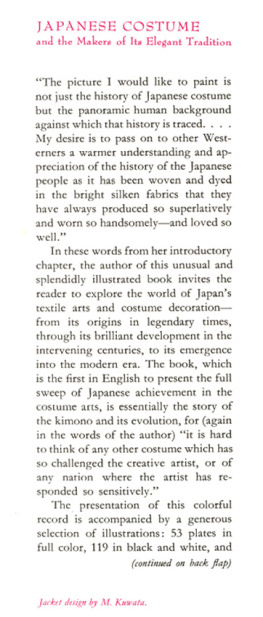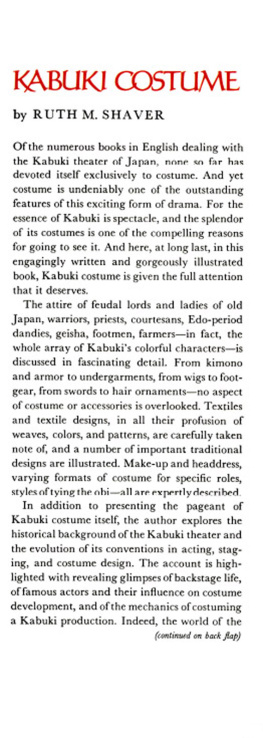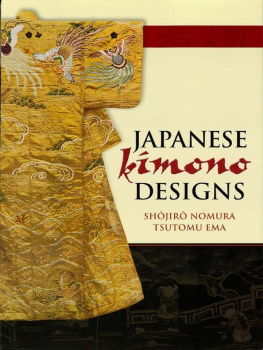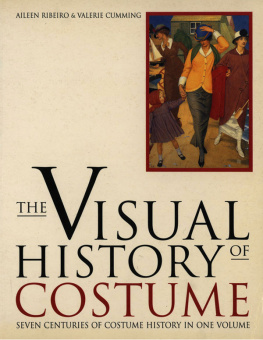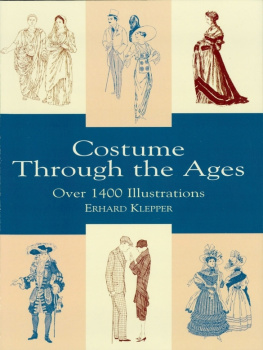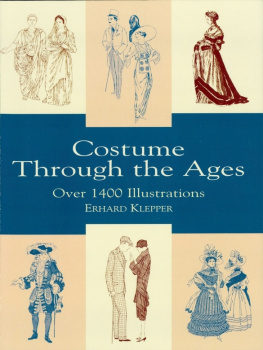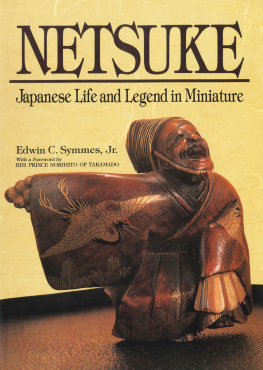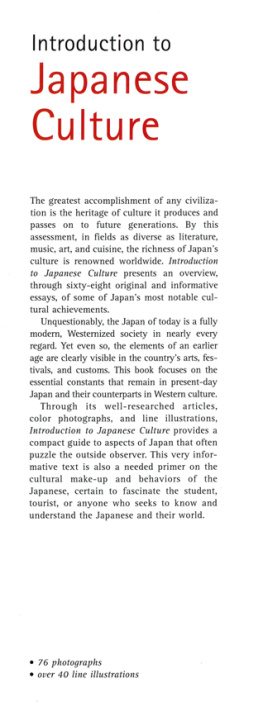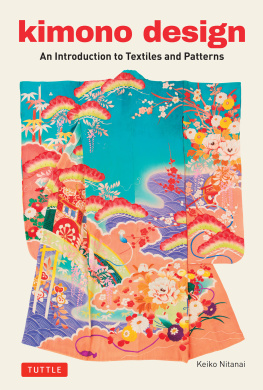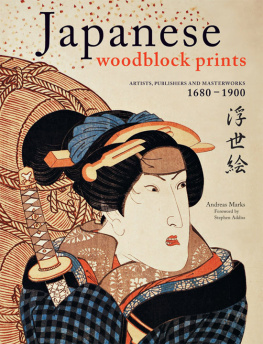APPENDIX ONE
COMPARATIVE CHRONOLOGY
| CHINA | JAPAN | INDIA AND THE WEST |
| 660: Accession of Jimmu (legendary) |
| 640-546: Thales |
| 7th century(?): Isaiah II |
| 604-531: Lao-tzu |
| 600-529: Cyrus |
| 563-483: Buddha |
| 551-479: Confucius |
| 429: Death of Pericles |
| 356-323: Alexander |
| 273-232: Asoka |
| 255-206: Chin dynasty |
| 206- A.D . 220: Han dynasty |
| B.C. | 27: Roman Empire founded |
|
| A.D. | 1-33: Jesus |
| 200: Accession of Jingu (empress) |
| 220-589: Six Dynasties period |
| 270: Accession of Ojin |
| 280-337: Constantine |
| 313: Accession of Nintoku |
| 320(?)-544(?): Gupta dynasty _ |
| c. 344-c. 406: Ku K'ai-chih |
| 456: Accession of Yuryaku |
| 466-511: Clovis |
| 476: Fall of Rome |
| 485-565: Justinian |
| 552-710: Asuka period |
| 554: Introduction of Buddhism |
| 576-632: Mahomet |
| 589-618: Sui dynasty |
| 607: Horyu-ji founded |
| 618-906: T'ang dynasty |
| 621: Death of Shotoku Taishi |
| 628: Death of Suiko (empress) |
| 710-85: Nara period |
| 742-814: Charlemagne |
| 764-809: Harun al-Rashid |
| 785-1185: Heian (Fujiwara) period |
| 805: Death of Kammu |
| 835: Death of Kobo Daishi |
| 849-99: Alfred the Great |
| 901-23: Engi era |
| 940-96: Hugh Capet |
| 960-1280: Sung dynasty |
| 1000: Murasaki Shikibu fl. |
| 1073-1156: Cloistered emperors |
| 1096-1270: Crusades |
| 1123: Death of Omar Khay |
| yam |
| 1126: Death of Hui-tsung |
| 1160-85: Gempei War |
| 1162-1227: Genghis Khan |
| 1185-1333: Kamakura period |
| 1194-1250: Frederick II |
| 1199: Death of Yoritomo |
| 1214-70: St. Louis |
| 1215: Magna Carta |
| 1254(?)-1324(?): Marco Polo |
| 1265-1321: Dante |
| 1269: First Mongol invasion |
| 1276(?)-1337(?): Giotto |
| 1280-1368: Yan dynasty; |
| Kublai Khan |
| 1283: Second Mongol invasion |
| 1300-1500: Renaissance |
| 1334-1573: Ashikaga (Muromachi) period |
| 1337-1453: Hundred Years' War |
| 1368-1644: Ming dynasty |
| 1400(?)-68(?): Gutenberg |
| 1408: Death of Yoshimitsu |
| 1449-92: Lorenzo de' Medici |
| 1451-1506: Columbus |
| 1453: Fall of Constantinople |
| 1467-79: Onin Wars |
| 1483-1546: Luther |
| 1490: Death of Yoshimasa |
| 1491-1547 : Henry VIII |
| 1500-1600: Sengoku (civil wars) | 1500-58: Charles V |
| 1515-47: Francis I |
| 1520-66: Suleiman |
| 1533-1603: Elizabeth I |
| 1540-1780: Baroque |
| 1542-1605: Akbar |
| 1544: European traders |
| 1553-1610: Henri IV |
| 1573-1615: Momoyama period |
| 1577-1640: Rubens |
| 1582: Death of Nobunaga |
| 1598: Death of Hideyoshi | 1600-49: Charles I |
| 1615-1867: Edo period |
| 1616: Death of Ieyasu | 1620: Plymouth Colony 1630-85: Charles II 1638-1715: Louis XIV |
| 1644-1911: Ch'ing dynasty | 1657: Great Fire of Meireki |
| 1661-73: Kambun era |
| 1661: Great Fire of Kambun |
| 1662-1722: K'ang-hsi | 1665-1714: Anne |
| 1666: Great Fire of London |
| 1673-80: Empo era; Moronobu fl. |
| 1680-84: Tenna era; Morir kage fl. |
| 1688-1704: Genroku era; Yuzen, Korin fl. |
| 1715-74: Rococo |
| 1716-36: Kyoho era; Primitive ukiyo-e |
| 1725-35: Reign of Yun-chng |
| 1732-99: Washington |
| 1736-95: Reign of Ch'ien-lung |
| 1760: Industrial Revolution begins |
| 1764: Polychrome ukiyo-e |
| 1769-1821: Napoleon 1775-83: American Revolution |
| 1789-1800: Kansei era; Uta | 1789-99: French Revolution |
| maro fl. |
| 1796-1820: Reign of Chia-ch'ing |
| 1804-25: Bunka and Bunsei eras |
| 1825-50: Reign of Tao-kuang |
| 1829: Hokusai's "Thirty-six Views of Fuji" |
| 1830-44: Tempo era |
| three Stations on the Tokai-do |
| 1853: Commodore Perry |
| 1861-65: American Civil War |
| 1868-1911: Meiji era |
| 1911-12: Chinese Revolution |
| 191225: Taisho era |
| 1926-: Showa era |
APPENDIX TWO
"BROCADE" EXPLAINED
The following definition is quoted from Nancy Reath and Eleanor Sachs, Persian Textiles, New Haven, 1937.
[BROCADED:] "a design produced by the introduction of one or more additional weft threadsnever warp threadsduring the weaving of the fabric; these threads are only used where they are needed for the pattern; and differ from ordinary wefts in that they do not run all the way from selvage to selvage. In most of the examples the threads are not a necessary part of the structure of the fabric, but bear the same relation to it as does embroidery to the material that is embroidered. In some pieces, however, the brocading threads are tightly interwoven with the foundation weaves, and they then do form a necessary part of the fabric. Brocading may occur in a textile of any weave, and the threads may float free on either the face or the back of the fabric. Sometimes they are interlocked; i.e., looped through each other at the point where different colors meet, as are the threads of certain tapestries with interlocked wefts."
NOTE : In most Japanese patterned silks all the threads of varying colors are tightly interwoven all the way across the fabric. Exceptions are kara-ori, in which the threads float free on the face, and Ezo nishiki, in which the threads float free on the back of the fabric. Perhaps it is more technically correct to call all of these compound weaves. According to the above definition, it is quite incorrect to call them brocades, but for convenience and a more ready popular understanding, the word brocade is improperly used in this book. It is a verb, not a noun.
APPENDIX THREE
COLOR AND DESIGN IN THE EDO PBRIOD
FASHIONABLE COLORS: From the beginning of the Edo period, many new colors and dyeing processes were being introduced. The use of plain colors was governed not only by aesthetic considerations but also by ritual, even to some extent by protocol, as from ancient times when colors were officially prescribed as an index of rank. Predominant colors were brilliant red, purple, and blue. Orange, yellow, and green played minor roles and continue to do so today.
White as a ceremonial color was very popular in the masculine fashion world, especially after about 1650. The special badge of the Tokugawa hatamoto (bannermen) was the use of braided white cords on their sword hilts. They also wore white haori (topcoats) and hakama (wide trousers), and this style was imitated by all who admired their courage and bravado.

